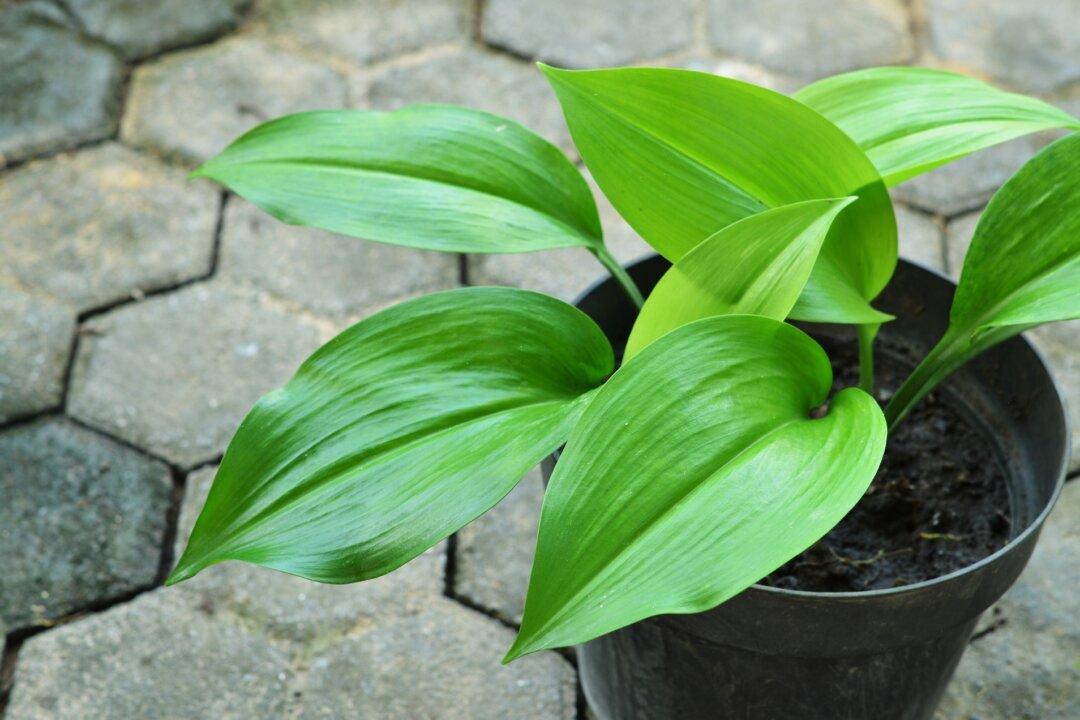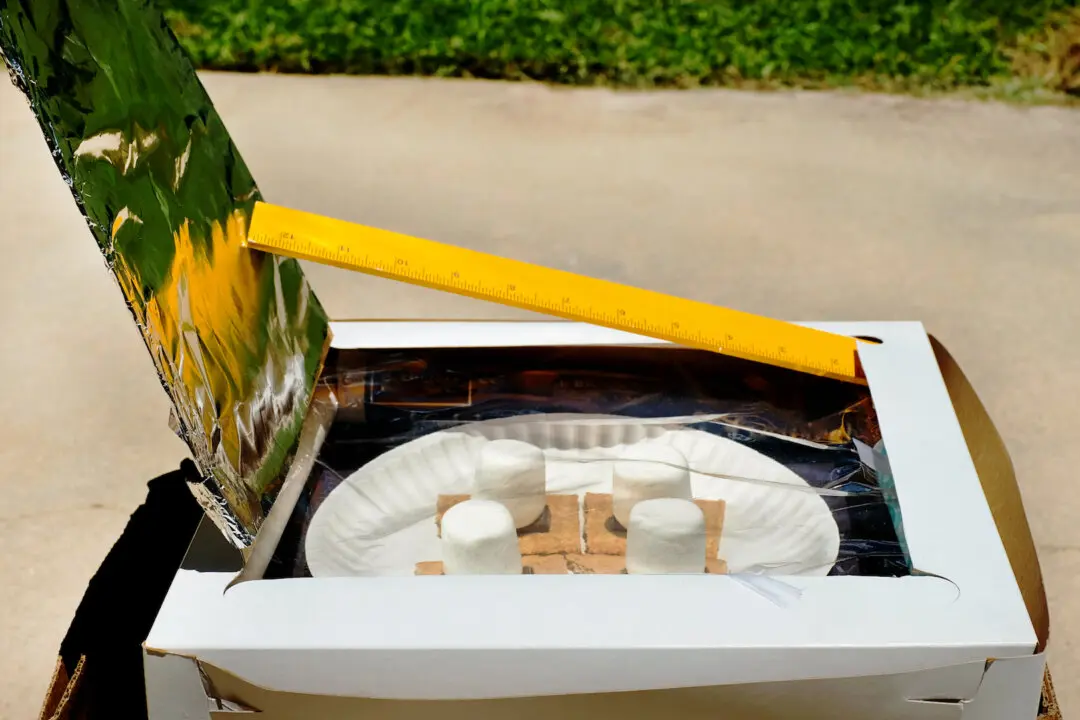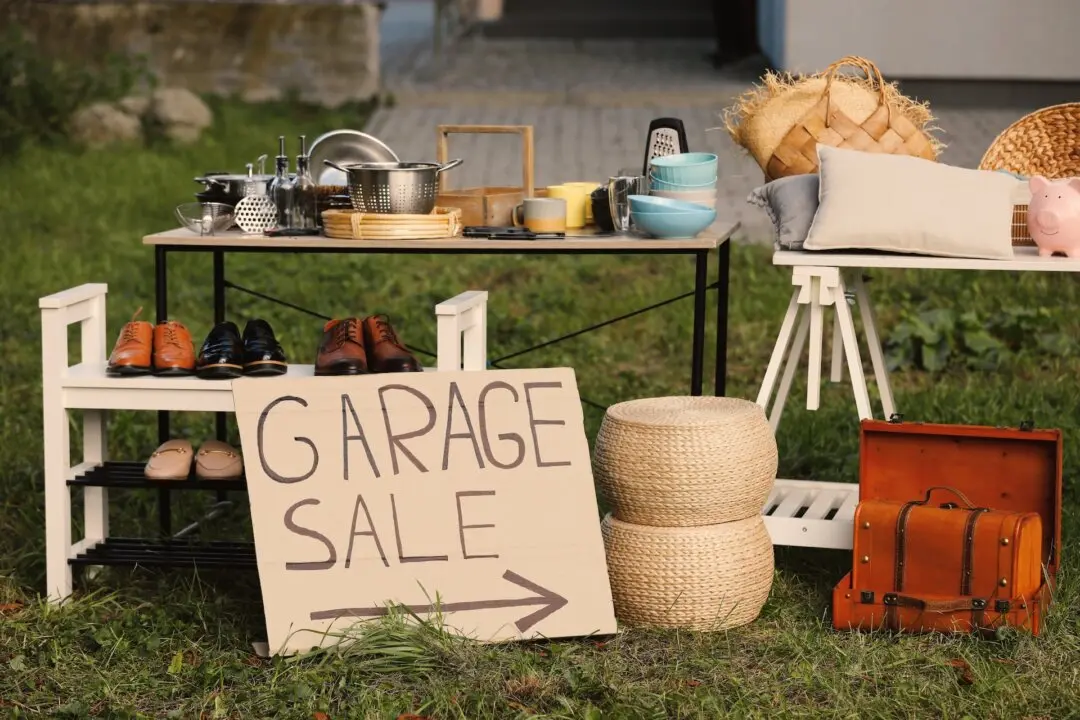I love houseplants, and boy, do I have some beauties! The truth is, I don’t have a green thumb; I just know a few secret tricks and tips that I will gladly share with you.
Know Your Varieties
Consider only plants in what I call the “thrivus neglectus” family, which comes from the Latin root meaning “really cheap” and thrives even under the harshest conditions of poor light and neglect!Aspidistra is also known as the “cast-iron plant,” and for good reason. This baby can survive any condition, including low light and a dry environment. And it isn’t ugly.





